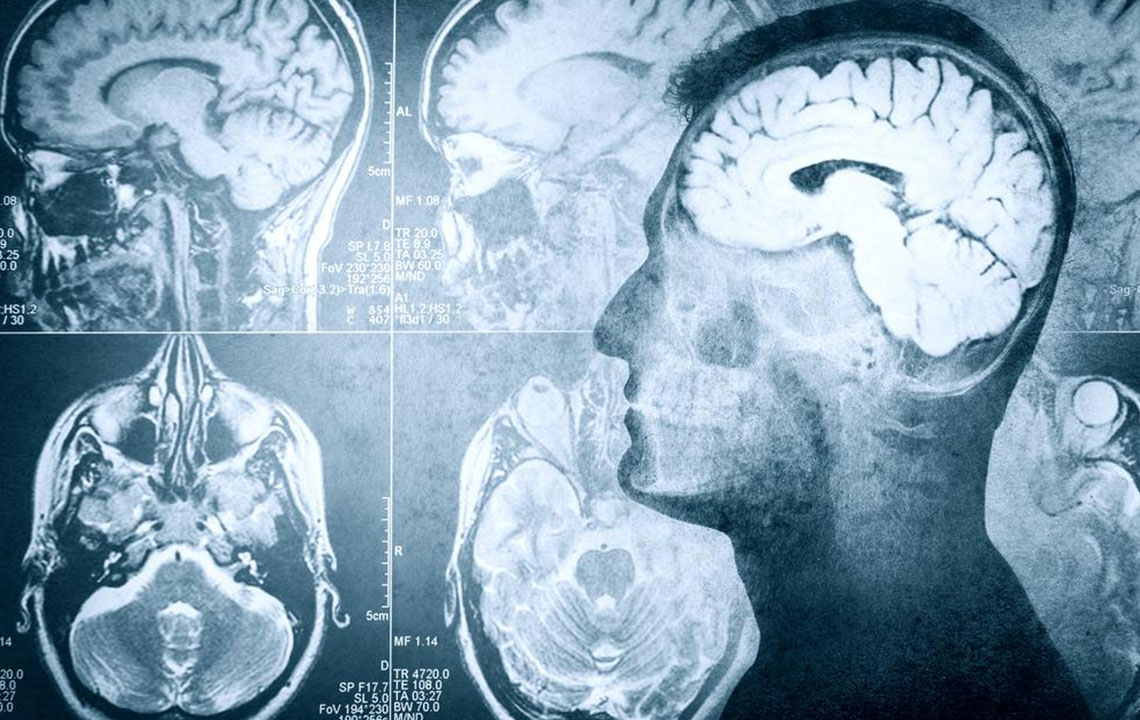Exploring 4 Key Approaches to Managing Seizures
Discover four primary methods for managing seizures, including medication, surgery, VNS, and dietary approaches. Proper diagnosis and medical supervision are essential. Learn how these treatments can help control epilepsy and improve quality of life.
Sponsored

Seizures, also referred to as fits, happen when abnormal electrical signals disrupt brain function. Symptoms range from subtle behaviors like staring blankly to vigorous body jerking. Recurrent seizures may indicate epilepsy, a neurological condition. Causes include brain trauma, stress, tumors, heart issues, infections, substance abuse, or medication side effects.
Prompt diagnosis with an EEG scan helps confirm epilepsy. This test records brain electrical activity to identify abnormal patterns, guiding treatment plans. Managing seizures typically involves various medical strategies tailored to the individual's needs.
Effective seizure treatment requires medical supervision—never self-treat. Below are the primary methods healthcare providers use to control seizures:
Medication Therapy – Most treatments begin with anti-epileptic drugs, which help prevent seizures but do not cure epilepsy. Medication choices depend on factors such as seizure type, frequency, patient age, and medical history. These drugs come in pills, capsules, or syrups. It’s crucial to adhere strictly to your doctor’s instructions and not to discontinue medication abruptly, as this can cause seizures to recur. Common side effects may include fatigue, skin rashes, speech problems, headaches, memory issues, depression, or organ swelling. Notify your doctor if any side effects arise for possible dosage adjustments.
Surgical Interventions – When seizures originate from a specific, non-essential part of the brain, surgery might be recommended. The goal is to remove the problematic area to eliminate seizures. If vital brain functions are involved, surgery involves higher risks and should only be considered with the guidance of experienced neurosurgeons who can explain potential complications, including irreversible brain damage.
Vagus Nerve Stimulation (VNS) – In this procedure, a small device similar to a pacemaker is implanted near the collarbone, connected to the vagus nerve in the neck. It delivers regular electrical impulses to reduce seizure frequency by 20-40%. While its exact mechanism isn’t fully understood, it’s believed to alter brain chemistry. Patients usually continue medication alongside VNS. The device’s battery can last up to ten years, with common side effects including throat discomfort, cough, and hoarseness.
Keto Diet – This high-fat, low-carbohydrate diet was historically used to manage seizures before pharmaceuticals. It influences brain chemistry to reduce seizure activity, mainly in children who do not respond well to medications. Not recommended for adults due to risks of diabetes and heart issues, but under medical supervision, it can be effective in pediatric epilepsy. Side effects may include slow growth, high uric acid, digestive issues, and dehydration.






